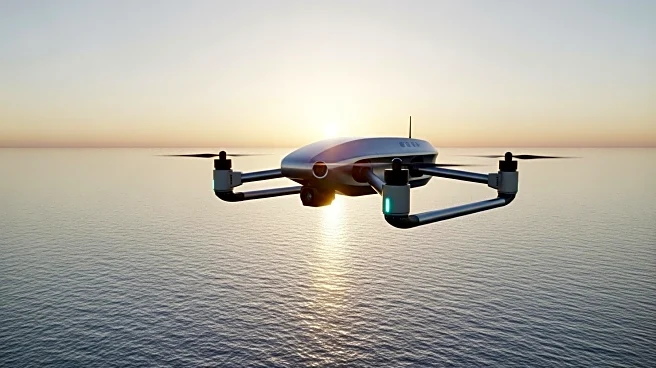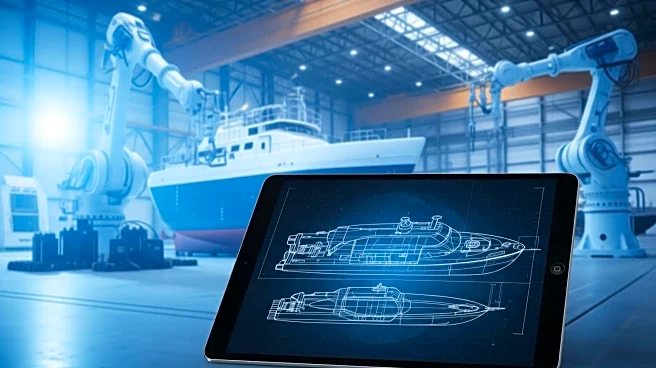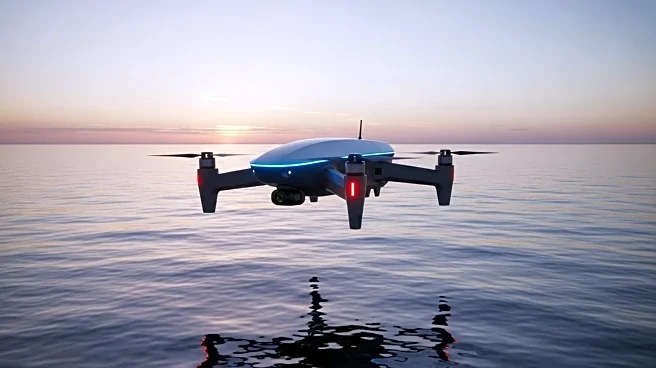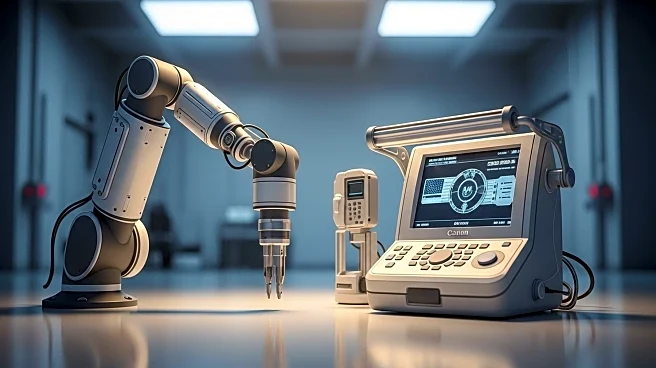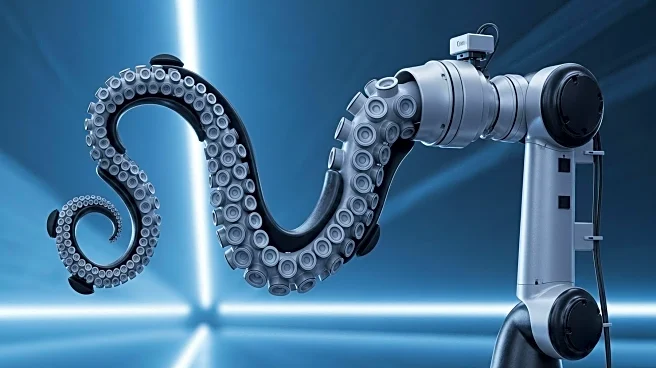What is the story about?
What's Happening?
The United States Coast Guard (USCG) has announced a significant investment of approximately $350 million in robotics and autonomous systems. This initiative, confirmed on September 24, 2025, includes an immediate allocation of $11 million for critical upgrades in fiscal year 2025. The investment aims to enhance the USCG's operational capabilities through the procurement of advanced unmanned systems. Key acquisitions include 16 VideoRay Defender remotely operated vehicles (ROVs), six QinetiQ Squad Packable Utility Robots (SPUR), 12 mini-SPUR robots, and 125 SkyDio X10D short-range unmanned aircraft systems (SR-UASs). These systems are intended to improve domain awareness, mitigate risks, and enhance mission success across various operations, including waterfront inspections, disaster response, and search-and-rescue missions.
Why It's Important?
This investment marks a strategic shift towards modernizing the USCG's operational tools, potentially setting a precedent for other branches of the U.S. military and government agencies. By integrating advanced robotics and autonomous systems, the USCG aims to increase efficiency and safety while reducing reliance on human divers and outdated equipment. The new technology will support a wide range of operations, from environmental monitoring to national security events, thereby enhancing the USCG's ability to respond to diverse challenges. This move could also stimulate growth in the U.S. robotics and defense industries, as demand for cutting-edge technology and innovation increases.
What's Next?
The USCG's deployment of these new systems is expected to commence soon, with the immediate upgrades planned for fiscal year 2025. As these technologies are integrated into operations, the USCG will likely evaluate their effectiveness and explore further enhancements. The success of this initiative could lead to additional investments and collaborations with technology developers, potentially influencing broader adoption of autonomous systems across other government sectors. Stakeholders, including defense contractors and technology firms, will be closely monitoring the outcomes to identify opportunities for future partnerships and innovations.
AI Generated Content
Do you find this article useful?
